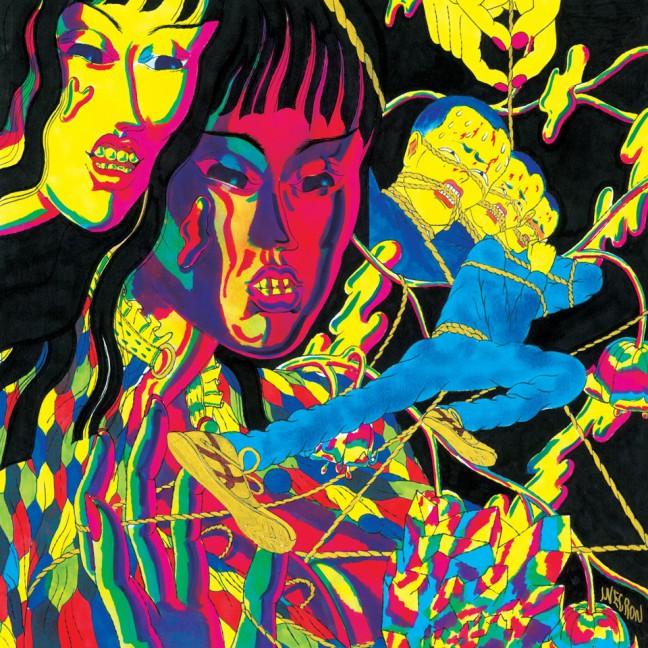When John Dwyer of Thee Oh Sees announced the band would be going on an indefinite hiatus from touring, critics undoubtedly had nightmarish prospects of the band going the way of artists like David Bowie, who just returned from a decade-long hiatus. (Yes, David Bowie is still making music.) People who are less familiar with the group might have thought that an indefinite break would mean years of anticipation and conflict between band members. The band’s “hiatus” really meant a few months away from the head-thrashing, mosh-pitting and crowd-surfing that are intrinsic to Thee Oh Sees shows; if anything, it meant more time to focus on their latest studio album, Drop.
Dwyer described the break as a well-needed and a transitional period. If anyone in the music world deserves a break, besides perhaps Jack White and fellow California punkster Ty Segall, it’s Thee Oh Sees. Formerly Thee Ohsees and, even before that, OCS, the band has morphed like an amoeba, changing membership and musical style over a dozen studio albums and enumerable EPs, 7-inch records and compilations. As their booking agent Annie Sothworth put it simply to SF Weekly, “They need a break after five years straight, so yes … hiatus time.”
But the California punk and heavy rock band have returned from a brief break with a noticeably more psychedelic and contemporary sound. Evidently, the transition that Dwyer was referring to was not purely related to the band members relocating from Silicon Valley where they got their start. Their music, too, went through a significant metamorphosis.
Drop is a major departure from the band’s previous work, which was often weighed down in heavy guitar riffs and a low rumbling bass that made you want to air guitar while squirming on the ground in your best Iggy Pop impersonation. The album is marked by slower melodies and styles that hark back to the time of Bowie and even further back to San Francisco-centered psychedelic rock. Because Dwyer is playing most of the instruments on all of the songs, some distinct features of the band’s previous albums are missing, like the harmonies with the female vocalist, the syncopating drum beats and chest-bursting bass. It’s a genre that fits somewhere in between the traditional grooves of Foxygen and the more experimental sounds of Tame Impala.
Some things have remained consistent from their previous work. The tonality is still dark and somber, although Drop’s lyrics are not nearly as creepily graphic as they were on the band’s last album, Floating Coffin. The album’s first track feels like an assurance that the band is remaining true to its loyal punk following. The song, “Penetrating Eye,” feels like what Ozzy Osbourne was listening to when he decided to bite the head off of a live dove while meeting with record label executives. It starts with an electronic sound that quickly escalates and then transitions into a classically heavy-metal guitar, with a whiny electronic background noise checked frequently with Dwyer’s refrain of “La la la la.”
The next few tracks slowly evolve into the newer vibe, adding more syncopated beats and experimentation with feedback. “Savage Victory” adds soft and airy vocals while “Put Some Reverb on My Brother” adds reverb. By the fifth song and the title track, the tone shift is completely realized, and the metamorphosis is done. What emerges is a creature that resembles what the offspring of The Beatles and Bowie would look like. Except this creature goes through an edgy shoegaze phase on “Transparent World,” marked with traditional wall-of-sound guitar and interesting techno background noises. In its final track, the album rounds out with a somber ballad enhanced with a violin and saxophone.
It’s impossible to say Drop lacks variety. But it doesn’t tell a consistent story. In an attempt to be experimental, Dwyer lost some of what made the band’s tone unique in the first place.
3 out of 5 stars


